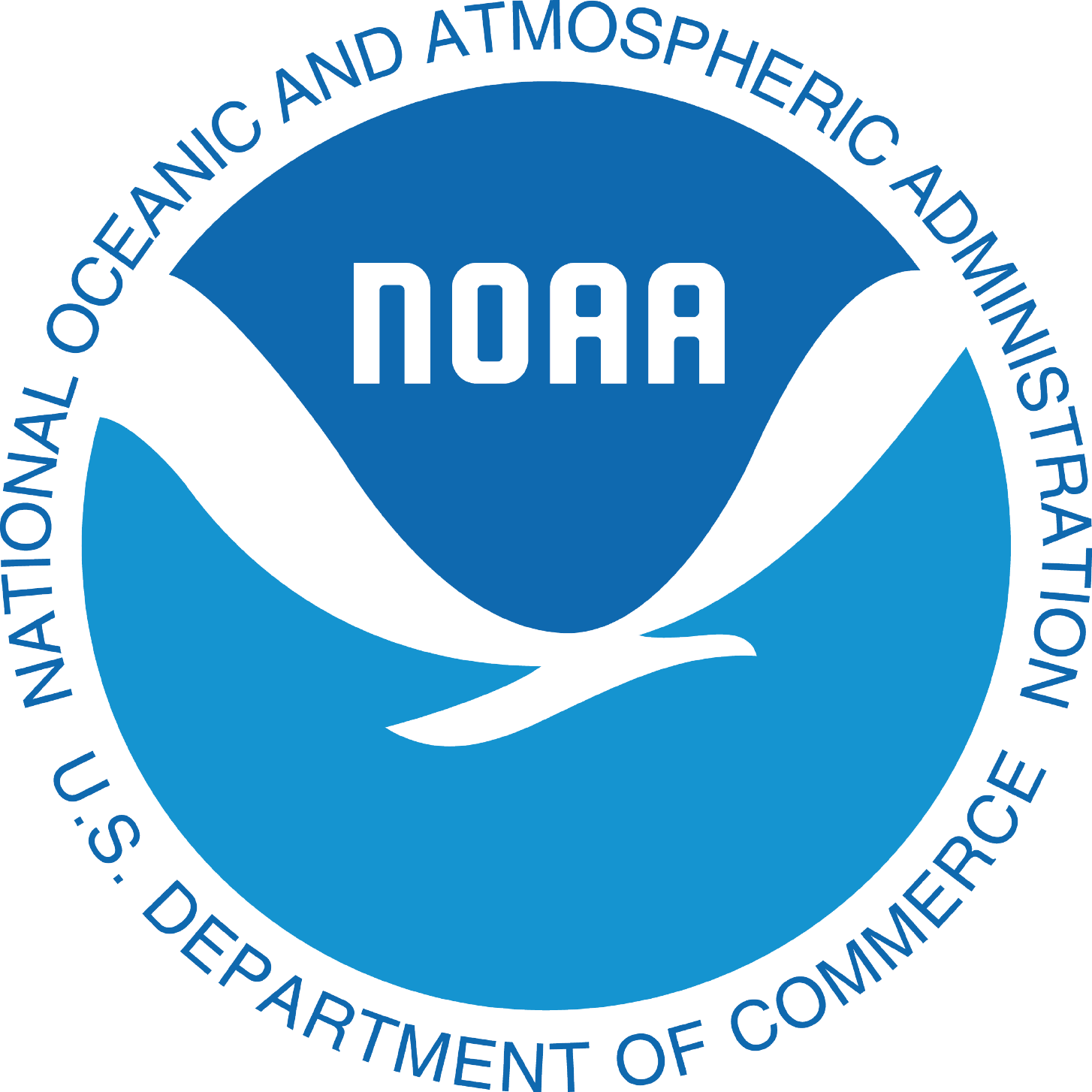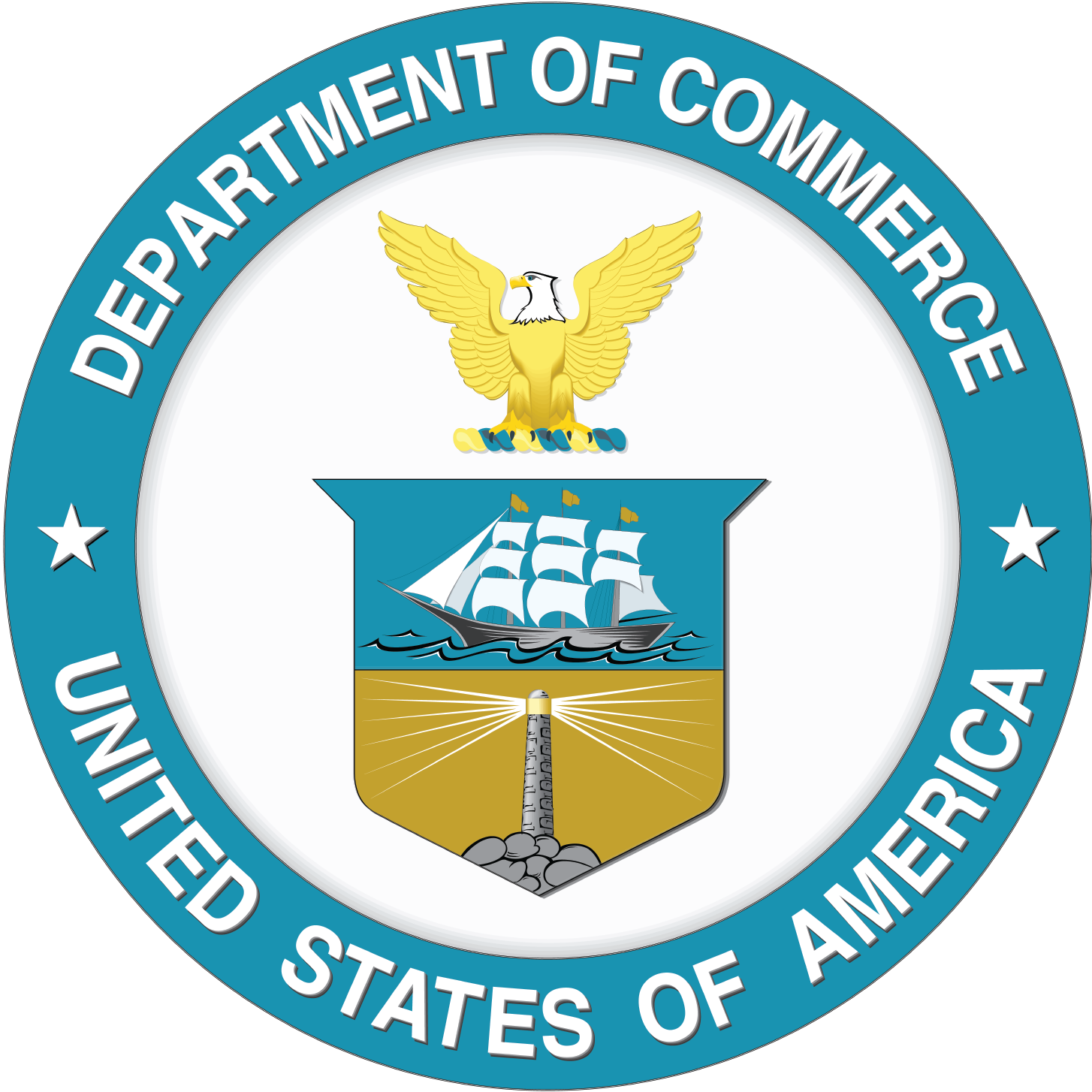- Home
- Habitat
- Commercial Fisheries
- Recreational Fisheries
- Saltwater Angler Attitudes and Preferences Study
- Angler Expenditures & Economic Impacts
- Angler Expenditure Survey Instruments
- Saltwater Angling Valuation Studies
- Stated Preference Survey Instruments
- Revealed Preference Survey Instruments
- For Hire Studies
- For Hire Survey Instruments
- NOAA Fisheries Recreational Fisheries Economic Publications
- MPA
- Protected Species
- Tools
- Publications
Economic Performance of U.S. Catch Share Programs
Nationwide, there are 16 federal catch share programs currently in operation. There are both striking differences as well as strong similarities among the programs. Six of the eight federal Fishery Management Councils have implemented at least one program; the most programs are in the Alaska region. Implementation dates of these programs span three decades, with five programs established in the 1990s, but the majority of programs (eight) were established in the past five years. Nine programs manage a single species or, in some cases, two species but as separate management units; the other six programs manage multiple species.
Catch Share Program Fact Sheets
This report provides basic information on the economic performance of U.S. catch share programs using a standard set of indicators that are uniformly applied across these highly diverse programs. The analysis shows that existing catch share programs have ended the race to fish (in their respective fisheries) resulting in longer fishing seasons, safer working conditions, and improved management performance. The report also shows that existing catch share programs have resulted in reduced fishing capacity to better match stock size, which was identified by Fishery Management Councils as a management objective in the majority of catch share programs evaluated. Economic performance for the vessels remaining in the program improved, as measured by such metrics as revenue per vessel and average price.
NOAA Fisheries’ goal is to achieve long-term ecological and economic sustainability of the Nation’s fishery resources and fishing communities. There are many tools for accomplishing that goal including catch share programs. The performance indicators developed for this report will help fishery managers track catch share program performance and gauge whether a program is meeting its goals and objectives. To read the full report, click here.
Economic Performance of Catch Share Programs
Full ReportExecutive Summary






